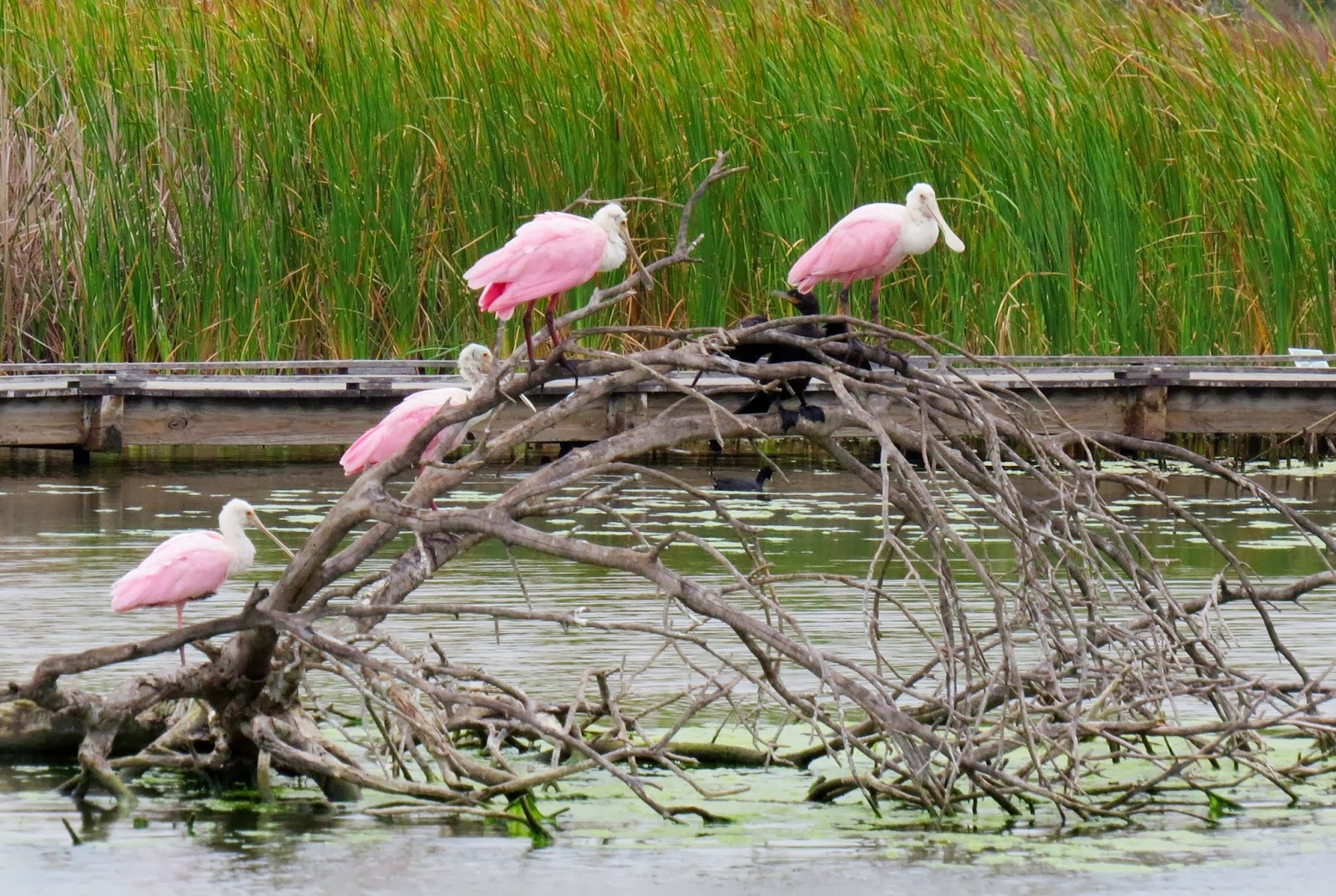Eastern Meadow Larks singing in the almost rain.
Roadrunner in a Tree!!! And a Cactus Wren in the same tree. Wow!
Long-billed Curlew
Long-billed Dowitchers in the abandoned fields on Old Port Isabel Road.
Immature Red-tailed Hawk along the road.
Cattle Egrets in a canal.
To the dump, to the dump, to the dump, dump, dump.
Gully Gee!























































